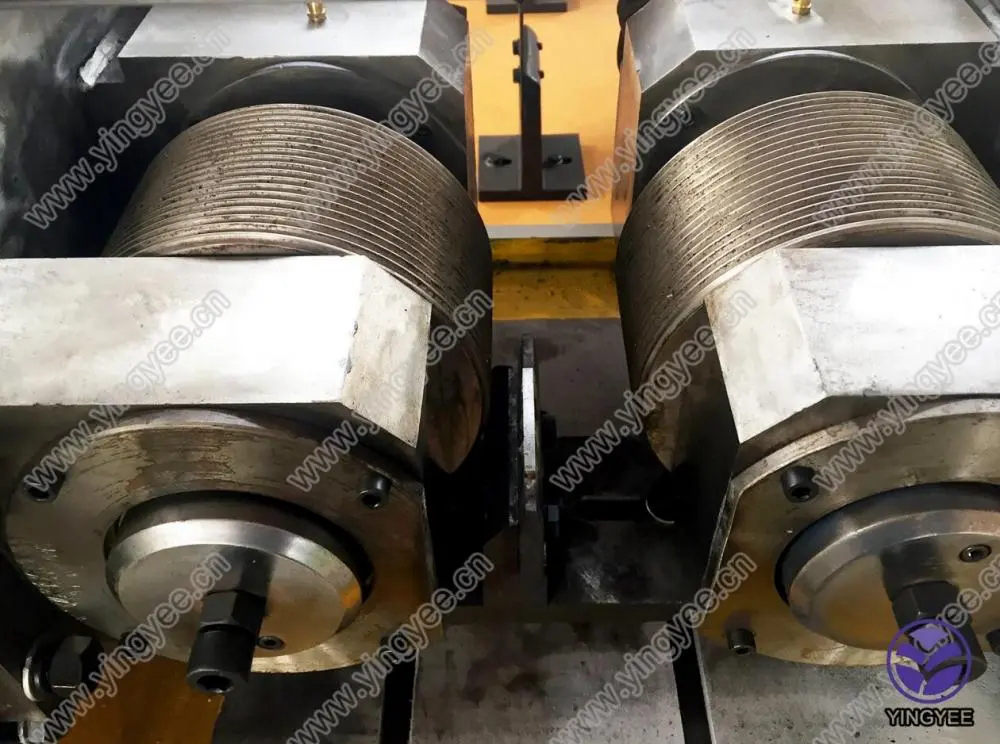
Metal Strut Channel Roll Forming Machine An Essential Tool for Modern Construction
In the realm of modern construction and manufacturing, efficiency and precision are paramount. One of the pivotal advancements aiding these industries is the metal strut channel roll forming machine. These machines have revolutionized the way metal channels are produced, specifically for use in various structural and support applications.
What is a Metal Strut Channel?
A metal strut channel, often referred to as strut or channel iron, is a type of structural component made of metal, typically steel or aluminum. These channels are U-shaped and are widely used in constructing frameworks, supporting electrical and mechanical systems, and serving as reinforcement for various structural applications. Their versatility makes them a staple in both residential and commercial construction projects.
The Role of Roll Forming Machines
Roll forming is a continuous bending operation in which a long strip of metal is passed through a series of rollers to gradually shape it into the desired configuration. Metal strut channel roll forming machines are specifically designed to produce strut channels efficiently, with high accuracy and repeatability. These machines can convert raw metal sheets into finished strut channels through a meticulously controlled process, minimizing waste and maximizing productivity.
How Do These Machines Work?
The operation of a metal strut channel roll forming machine involves several key stages
1. Material Feeding The process begins with raw metal coils being loaded into the machine. Automated feeders ensure a steady and consistent supply of material to the rollers. 2. Roll Forming As the metal travels through the machine, it passes over a series of specially designed rollers. Each roller is precisely positioned to gradually bend the metal into the desired channel shape. The machine can be adjusted to produce various channel sizes and profiles according to project requirements.

3. Cutting Once the metal has been formed, it is cut to the required lengths. This can be done via an automated cutting mechanism that synchronizes with the flow of material to ensure efficiency.
4. Finishing The final step may include surface treatments or coatings to enhance durability and resistance to corrosion, which is especially important for outdoor applications.
Benefits of Using Roll Forming Machines
1. Efficiency Roll forming machines operate continuously, producing large volumes of strut channels in a fraction of the time required by traditional manufacturing methods. This efficiency translates to reduced labor costs and quicker project completion times.
2. Precision These machines are engineered for high precision, ensuring that every channel produced meets exact specifications. This level of accuracy is crucial in construction, where minor deviations can lead to significant structural issues.
3. Material Conservation The roll forming process is inherently efficient, resulting in minimal scrap metal. This not only reduces costs but also aligns with eco-friendly building practices by conserving resources.
4. Versatility Modern metal strut channel roll forming machines can be easily adjusted to create various sizes and profiles, making them suitable for a wide range of projects, from simple constructions to specialized applications.
Conclusion
The metal strut channel roll forming machine stands as a testament to the advancements in manufacturing technology. With its ability to produce high-quality, precise metal channels quickly and sustainably, it plays an essential role in the construction industry. As we continue to seek greater efficiency and innovation in building practices, these machines will undoubtedly remain integral to the future of construction and manufacturing.